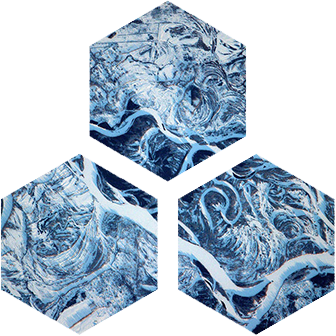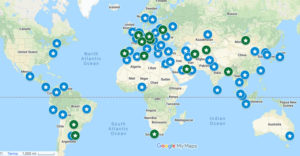Dr. Amanda Ziemannis an imaging scientist in the Space Remote Sensing & Data Science Group at Los Alamos National Laboratory. She holds a B.S. in Applied Mathematics, an M.S. in Applied & Computational Mathematics, and a Ph.D. in Imaging Science, all from Rochester Institute of Technology. Her dissertation research was funded by the US National Geospatial-Intelligence Agency (NGA) and the US Department of Energy (DOE). She has been at Los Alamos since 2015, and after completing a distinguished Agnew National Security Postdoctoral Fellowship, she became a permanent staff scientist. Amanda’s work supports geospatial intelligence (GEOINT) with a focus on developing signal detection algorithms for ground-based, airborne, and spaceborne sensors; her experience is primarily with multispectral and hyperspectral imagery, and has more recently included synthetic aperture radar and RF data, as well as combining these modalities with non-traditional data (e.g., social media). She currently leads/co-leads projects in these areas for the US Government. Amanda also serves as an Associate Editor for IEEE Geoscience and Remote Sensing Letters and for SPIE Optical Engineering, as a committee member for two SPIE conferences and for the Military Sensing Symposia Battlefield Survivability and Discrimination conference, and as a US representative to a NATO Research Task Group on hyperspectral image analysis.












